Description
Objective
Science or magic? This super quick, gravity defying experiment may surprise young scientists and work like magic, but don’t worry! The color changing walking water experiment is science through and through and fun for all ages.
Based on the very popular Walking Water Science Experiment using two glasses, you can observe the water walking AND changing color with only a few supplies you probably already have in your kitchen. This article includes a video to show you just how easy it is with detailed step-by-step instructions and the scientific explanations you need to understand how it works!
Materials
- 3 Glasses of Equal Height
- Paper Towels
- Water
- Food Coloring (Blue & Yellow)
EXPERIMENT INSTRUCTIONS
Step 1 – Prepare two strips of paper towel between 1 and 2 inches wide. Tip: We used one section of paper towel and folded it in half and then in half again until it was the correct width. Set the paper towel strips aside and gather the rest of the supplies.
Step 2 – Next, Position your three empty glasses about 2-3 inches apart. Pour water into the two outside glasses until they are halfway full. Leave the middle glass empty.
Step 3 – Add a few drops of food coloring to the water. Add blue food coloring to one glass and yellow food coloring to the other glass. Stir the water until the food coloring is fully combined.
Helpful Tip: If you don’t have blue & yellow food coloring, you can use red & yellow or red & blue.
Step 4 – Take one of the strips of paper towel that you prepared in step 1. Place one end of the paper towel into the glass with the blue water. Then place the other end into the glass that is empty.
Step 5 – Take the other strip of paper towel that you prepared in step 1. Place one end of the paper towel into the glass with the yellow water. Then place the other end into the glass that is empty.
Take a moment to make some observations. What happened to the paper towel that was placed in the water? Do you think it is possible for the water in the first glass to move to the empty glass? What do you think will happen if the water moves to the middle glass? Write down your hypothesis (prediction) and then leave the glasses to sit and come back to check on them in about an hour.
Step 6 – Return to the glasses and observe what has happened. What happened during the hour you were waiting? What do you think will happen if you wait a little longer. Do you think all the water in the outside glasses will move to the middle glass? Why or why not? Write down your hypothesis (prediction) and then leave the glasses to sit and come back to check on them in two hours.
Results:
We can see the rainbow tails on the liquid.
Explanation:
Why Does the Water Move Between Glasses?
The water appears to defy gravity, but in reality, it moves because of a process called capillary action. Water is able to move against the force of gravity because water molecules stick to each other AND they stick to the fibers of the paper towel. As water molecules are attracted to the fibers of the paper towel, they pull other water molecules with them. The adhesive forces between the water and the fibers of the paper towel are stronger than the cohesive forces between the water molecules. This allows water to travel from one cup to another.
Why Does Water Change Color?
Did you know that three basic colors can combine together to make any other color? These three basic colors are red, blue and yellow. They are referred to as primary colors. When two primary colors combine in equal amounts, they produce a secondary color. In this experiment, we chose blue and yellow (two primary colors) for the outside glasses. When the blue and yellow water mixed in the middle glass it turned green (a secondary color).
Eventually, the water will stop moving over once both cups are filled with the same amount of water. Expand on the experiment, by estimating how long it will take for the water to move to the second jar. Then set a timer and find out how close your estimate was.
You can also try this experiment with other colors!
Red + Yellow = Orange
Red + Blue = Purple
In addition, you can also try these other fun experiments that contain mixing colors:
- Coloring Changing Water Science Experiment – Science or magic? Try this experiment at home with your kids and watch their eyes light up as you pour the liquid into the bowl and “create” a new color.
- Discover How Colors are Made – This is a simple experiment that demonstrates how different colors are made.
Disclaimer and Safety Precautions
Warning is hereby given that not all Project Ideas are appropriate for all individuals or in all circumstances. Implementation of any Science Project Idea should be undertaken only in appropriate settings and with appropriate parental or other supervision. Reading and following the safety precautions of all materials used in a project is the sole responsibility of each individual. For further information, consult your state’s handbook of Science Safety.
Safety
- Put on protective eyewear. Conduct the experiment on the plastic tray and in a well-ventilated area.
- Keep a bowl of water nearby during the experiment.
- Keep flammable materials and hair away from flame.
- Avoid looking directly at burning magnesium to prevent eye discomfort.
- Do not attempt to extinguish the solid fuel and magnesium — let them burn down completely. Do not touch the stove after the experiment — wait until it cools down.
- Do not allow chemicals to come into contact with the eyes or mouth.
- Keep young children, animals and those not wearing eye protection away from the experimental area.
- Store this experimental set out of reach of children under 12 years of age.
- Clean all equipment after use.
- Make sure that all containers are fully closed and properly stored after use.
- Ensure that all empty containers are disposed of properly.
- Do not use any equipment which has not been supplied with the set or recommended in the instructions for use.
- Do not replace foodstuffs in original container. Dispose of immediately.
- In case of eye contact: Wash out eye with plenty of water, holding eye open if necessary. Seek immediate medical advice.
- If swallowed: Wash out mouth with water, drink some fresh water. Do not induce vomiting. Seek immediate medical advice.
- In case of inhalation: Remove person to fresh air.
- In case of skin contact and burns: Wash affected area with plenty of water for at least 10 minutes.
- In case of doubt, seek medical advice without delay. Take the chemical and its container with you.
- In case of injury always seek medical advice.
- The incorrect use of chemicals can cause injury and damage to health. Only carry out those experiments which are listed in the instructions.
- This experimental set is for use only by children over 12 years.
- Because children’s abilities vary so much, even within age groups, supervising adults should exercise discretion as to which experiments are suitable and safe for them. The instructions should enable supervisors to assess any experiment to establish its suitability for a particular child.
- The supervising adult should discuss the warnings and safety information with the child or children before commencing the experiments. Particular attention should be paid to the safe handling of acids, alkalis and flammable liquids.
- The area surrounding the experiment should be kept clear of any obstructions and away from the storage of food. It should be well lit and ventilated and close to a water supply. A solid table with a heat resistant top should be provided
- Substances in non-reclosable packaging should be used up (completely) during the course of one experiment, i.e. after opening the package.
Disposal
Dispose of the reagents and solid waste together with household garbage.



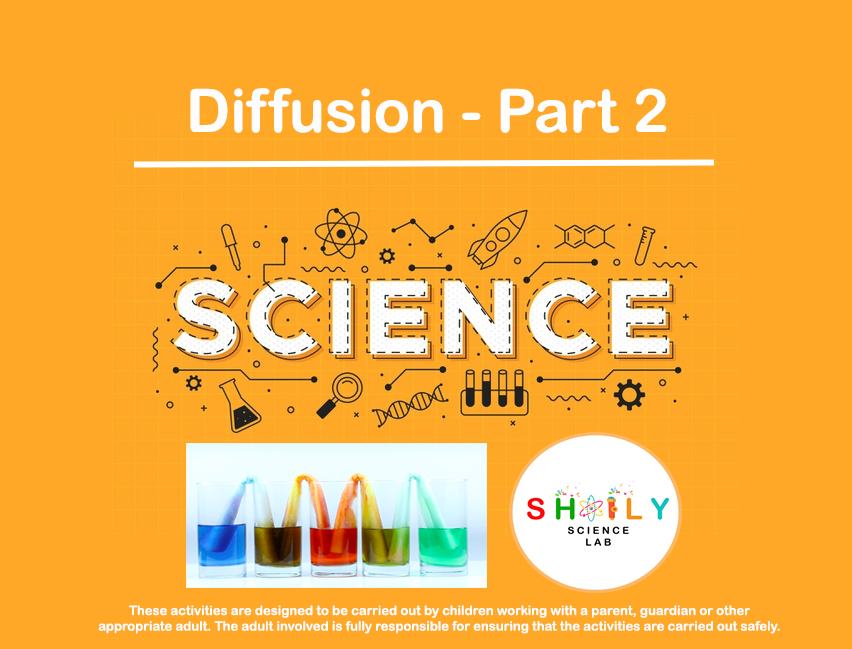
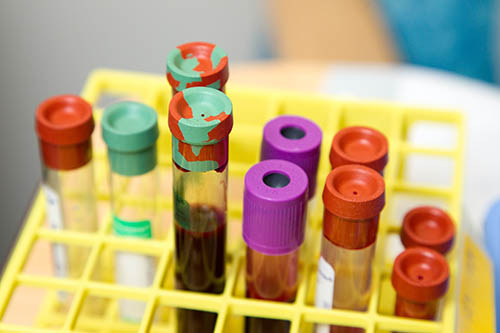
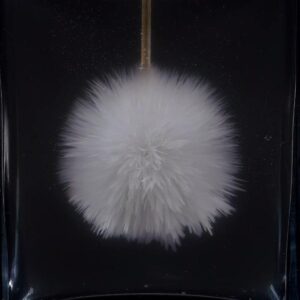
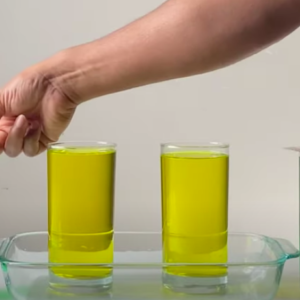
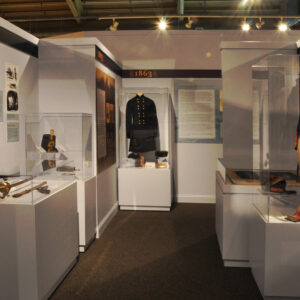
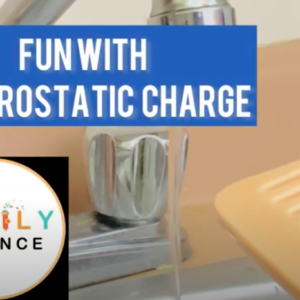
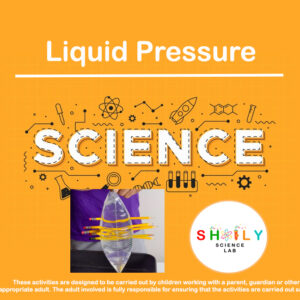
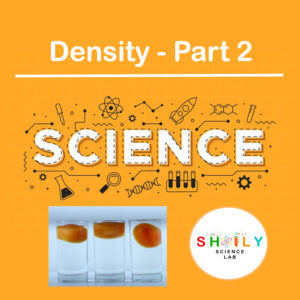
Reviews
There are no reviews yet.